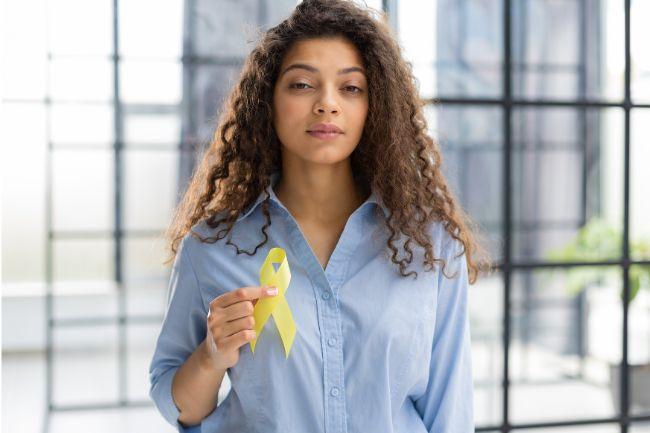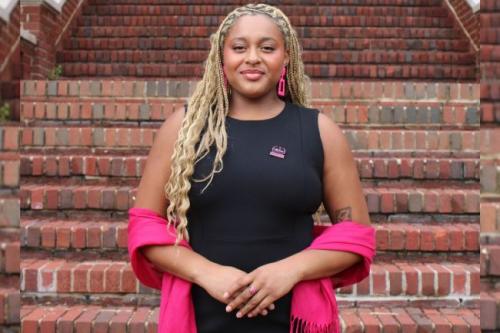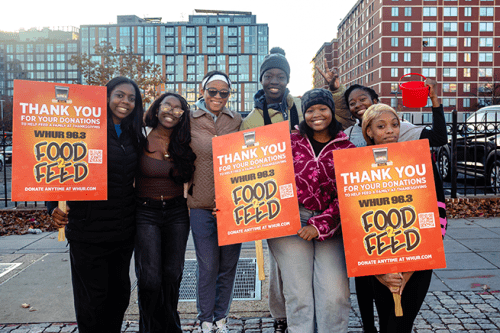September is National Suicide Prevention Month, and Howard University is working to address how suicide is impacting the Black community and provide helpful prevention resources. According to the American Foundation for Suicide Prevention, there were an estimated 1.5 million suicide attempts in 2023* (the most recent data available). During that year, more than 49,000 Americans died by suicide, making it the 11th leading cause of death in the United States. Though men make up 50% of the population, they make up nearly 80% of all suicides. When it comes to the Black community, the numbers are staggering.
The Kaiser Family Foundation, a health policy research organization, reported that suicide in the Black community increased 58% from 2011 to 2021. The foundation analyzed data from the Centers for Disease Control and Prevention, which reported that suicide was the third leading cause of death for Black Americans ages 10 to 24 in 2022. In fact, data shows that during the past two decades, suicide attempts by Black adolescents increased by 73%. In that same period, suicide deaths among Black men increased by 25%, resulting in the CDC positioning suicide as the third leading cause of death for this population. The organization also found that suicide was the third-leading cause of death for Black Americans ages 10 to 24 in 2022.
Suicide rates among Black women have also seen an increase. According to a study published in the American Journal of Psychiatry, suicide rates increased among Black females ages 15-24 years from 2.7 suicide deaths per 100,000 people to 4.3 suicide deaths per 100,000 people between 2013-2019. Additionally, just over one in five (21%) Black transgender, nonbinary, or questioning young people reported a suicide attempt in the past year, according to a 2024 study from The Trevor Project.
“There’s been a steady increase in the numbers for suicide, especially amongst younger Black folks in the community for many, many years,” said Marcus Hummings, interim executive director of the Howard University Counseling Center. “What I think most people don’t recognize is that suicide is not just a tragedy amongst the individual’s life, it’s a community issue, and it arises from a community issue — it’s increasing in the Black community.”
Hummings recognized the unique barriers to seeking care in the Black community, especially when it comes to mental health.
“We know that stigma contributes to it in the Black community,” he said. “We know that racism contributes to it in the Black community. We know that systemic barriers contribute to it in the Black community. We know that there are increasing numbers in the LGBTQIA+ community as well. It’s a matter of our community and our students seeking care. The way to address the issue is for us to break down some of those barriers in order to connect with those individuals. That’s the way that we start to prevent suicide, lower the numbers, and particularly address the issue in our community.”
“The more touch points a student has with the campus, the more prevention that is possible.”
On-Campus Wellness Resources
Howard is continuously working to break down these barriers and make connections via providing access to resources and services — both campus-based and nationally — while working hard to increase the visibility of resources. One way the University Counseling Center is doing this is with its annual open house, held this year on Sept. 9. The event is an introduction to the center and professionals within it, and features several workshops, including one on suicide awareness.
“Our workshop is to address suicide in our community, but especially on campus,” said Hummings. “[We’ll address] some of the protective factors that are associated with suicide, which are family, spirituality, and community connection. When I say community, I mean the campus community and the neighborhood community as well.”
Students who have engaged with the counseling center, Hummings added, are far less likely to have negative mental health outcomes compared to students who have not come in contact with the counseling center or other mental health and wellness services.
“The more touch points a student has with the campus, the more prevention that is possible,” he said.
Additional on-campus wellness and mental health services available to the Howard community include the university’s collection of family wellness resources; wellness resources for faculty and staff from the Office of Human Resources; and spirituality-based services provided by the Andrew Rankin Memorial Chapel.
National Mental Health Resources
While providing these resources on campus are important, increased knowledge about and access to national resources are equally important, especially as the conversation around Black mental health (and the overall numbers related to how suicide impacts Black people) suggests that the community itself needs support.





